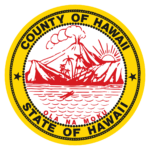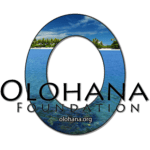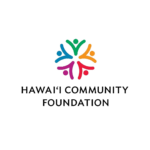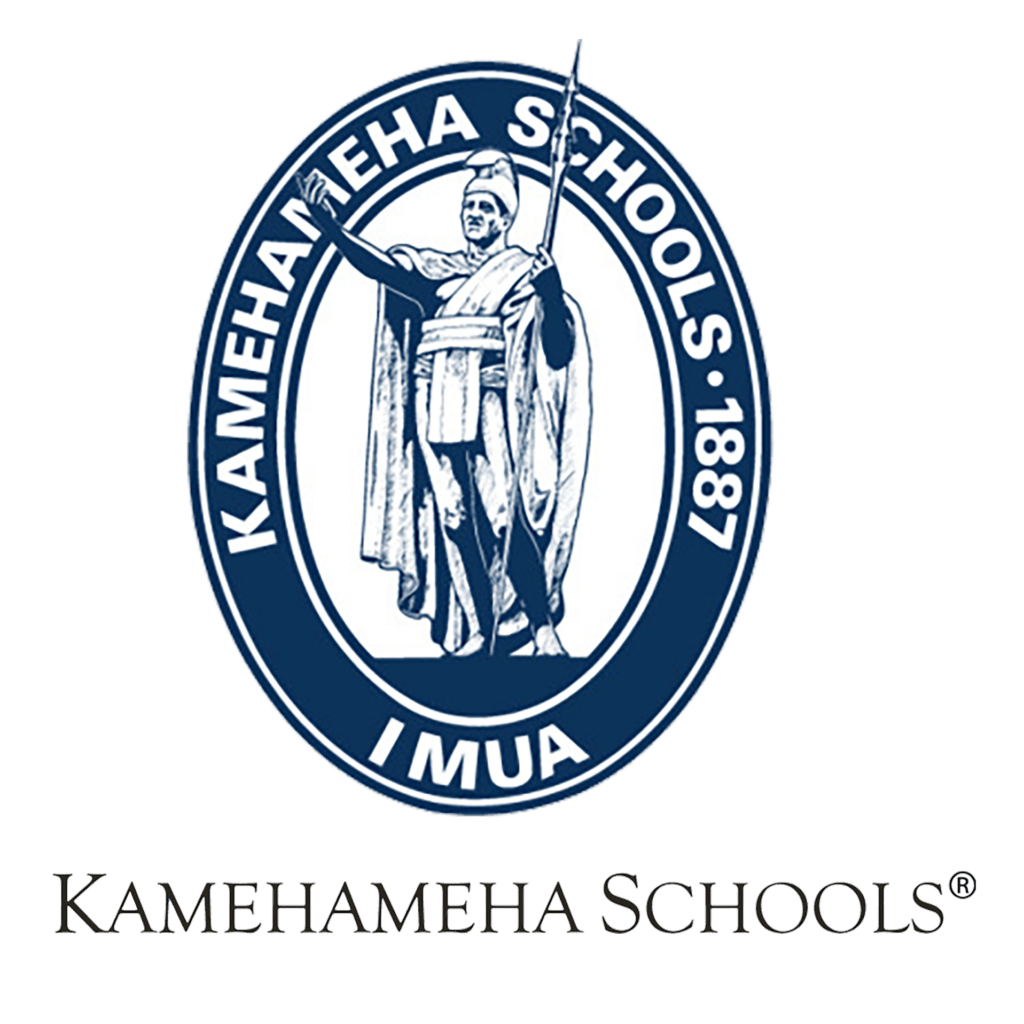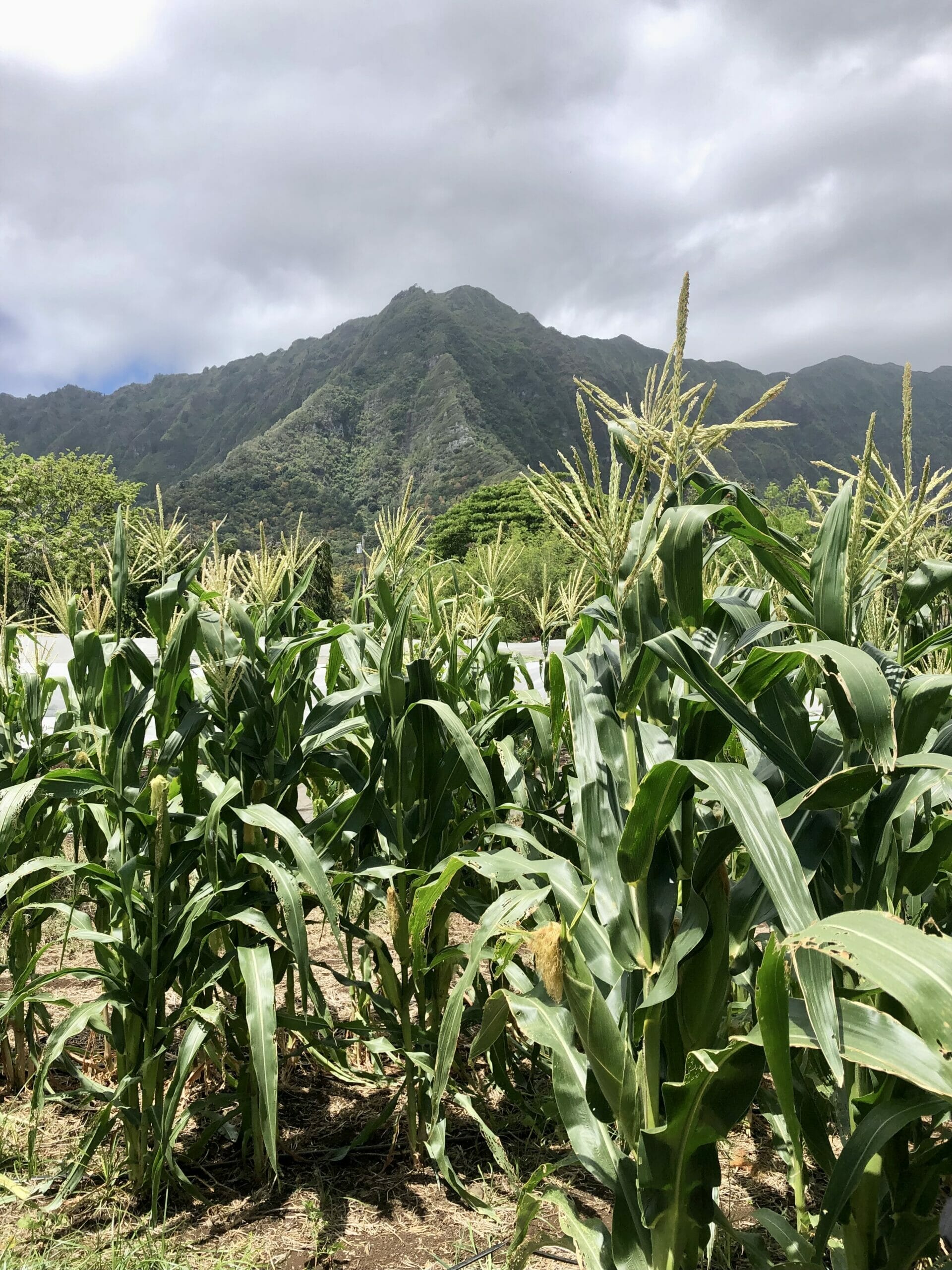
Swette Center in Hawaiʻi
Example hero paragraph text.
We aim to “lead from behind,” serving the island communities by providing multiple pathways for developing innovative ideas and solutions to the many challenges of Hawaiʻi’s current food systems.
ASU is a global university, with campuses and students around the world. The university has been actively working in the Hawaiian Islands since 2014 to establish collaborative and creative partnerships with those who share our institutional commitment to environmental and cultural sustainability.
Grounded in the belief that no future can be sustainable if it does not respect and draw from the culture and traditions of the native peoples, our work in Hawaiʻi is centered around meaningful engagement and development of strategic multi-sectoral partnerships with key stakeholders in the Hawaiian community. The Swette Center views their efforts in Hawai‘i as a long-term process of relationship building and learning from Indigenous communities. All of this reflects the Swette Center’s commitment to creating a more economically robust, sustainable, equitable and resilient food system for Hawaiʻi and the world.

Hawaiʻi-based staff

Our Hawaiʻi-based staff member, Carly Wyman, is on the ground on the Big Island. Integrated into the community, she has a real understanding of the needs of the community, and is dedicated to exploring the research needs of local partner organizations and institutions. Carly has worked with organizations including the Maui Department of Agriculture, the County of Hawaiʻi Department of Research and Development, Kamehameha Schools and others to address needed research gaps for Hawaiʻi’s emerging post-plantation agricultural landscape.
Research
Student capstones
Our graduate students and researchers have been actively engaged in studying and analyzing various aspects of Hawaiʻi’s food systems. Through their rigorous research, they have produced reports on topics such as agritourism in Hawaiʻi, industrial juicing, and slaughter capacity.
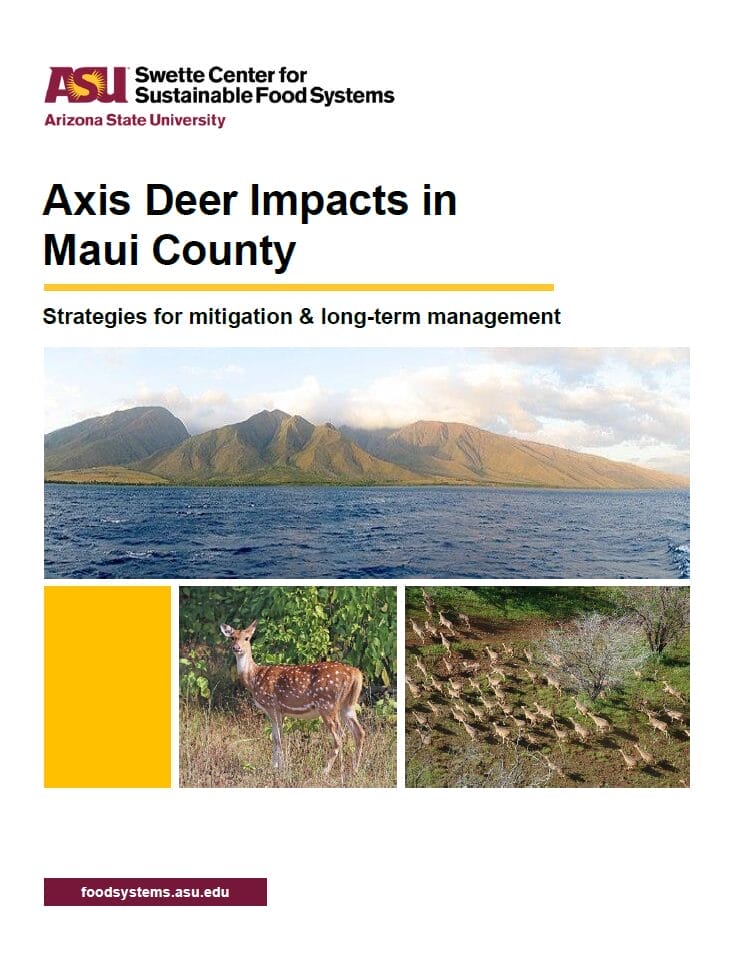

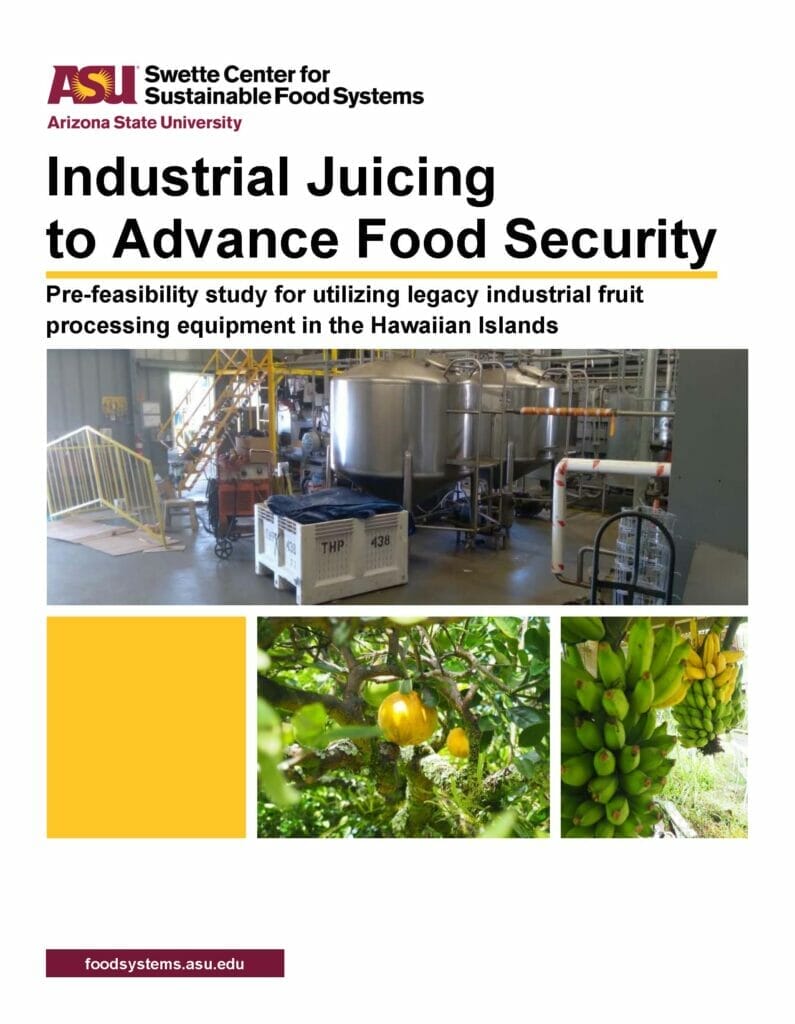
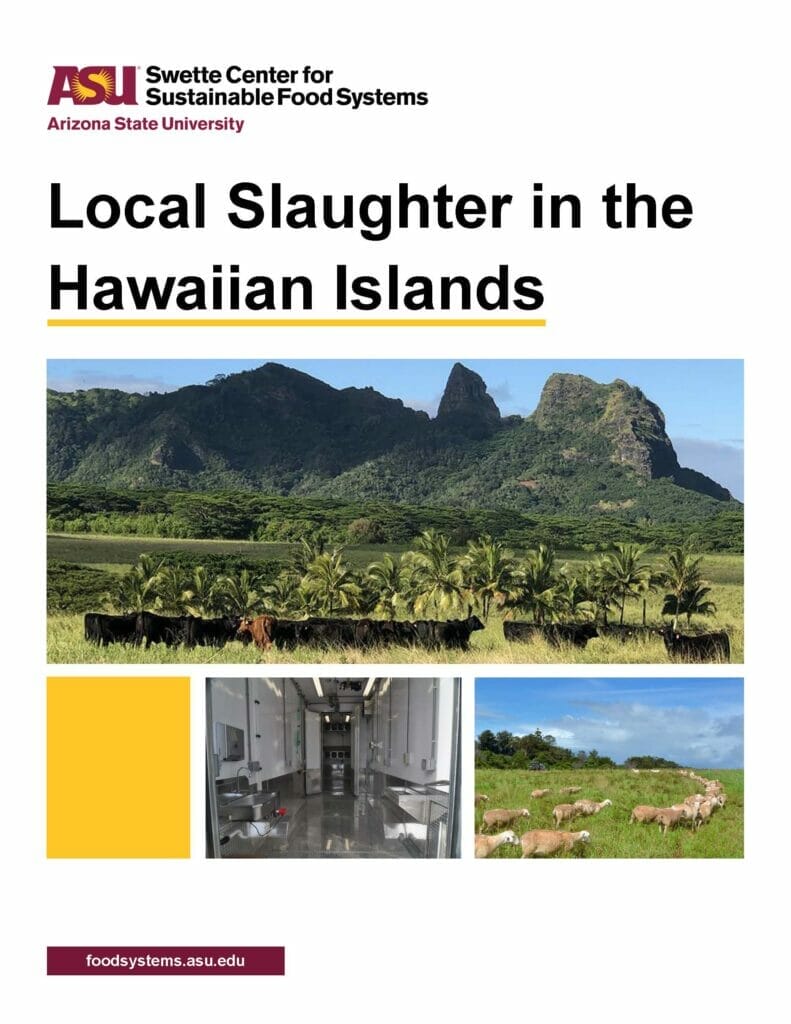
Enhancing Hawaiʻi’s Food Security through Aquaculture
Hawaiʻi currently imports up to 63% of their commercial seafood. Aquaculture, particularly traditional native Hawaiian fishponds, shows potential for improving seafood self-sufficiency while providing valuable ecosystem services. Restoring and utilizing traditional fishponds could greatly contribute to local food production. Additionally, market research, supply chain development, and promoting locally-grown seafood are important steps in supporting contemporary commercial aquaculture producers.
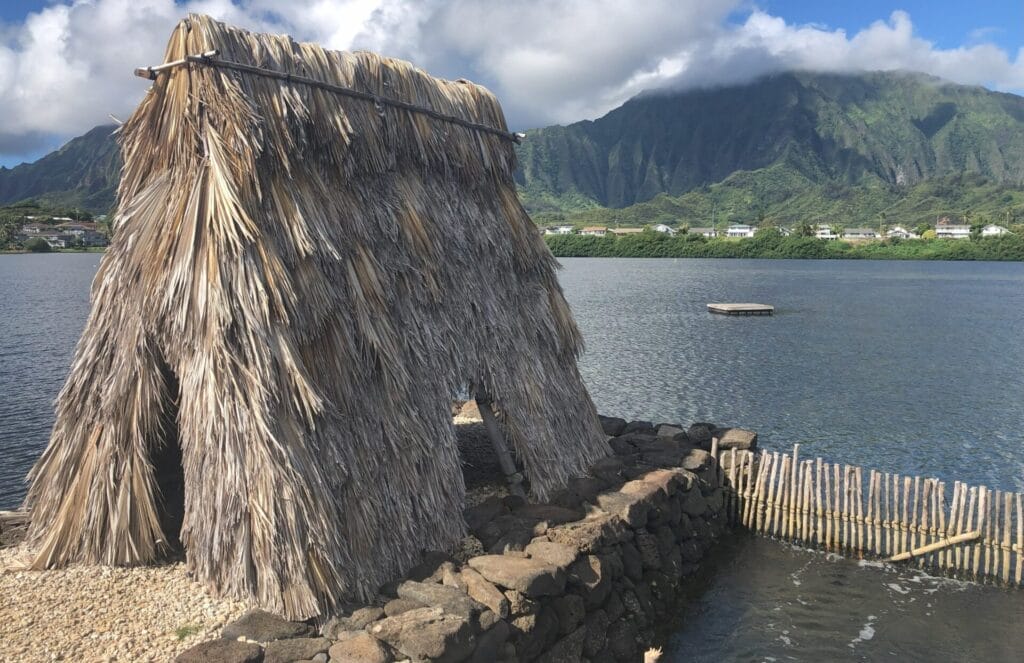
That is why the USDA-AMS – funded project “Enhancing Hawaiʻi’s Food Security through Aquaculture” project aims to examine the market and supply chain needs of Hawaiʻi-grown seafood products and make long-term recommendations for growing this industry.
This current study aims to explore the market potential and supply chain needs for traditional community-based systems, such as loko iʻa fishponds, as well as commercial aquaculture producers, to produce abundant seafood resources for local consumption and food security. This includes conducting market research on suitable species for cultivation in these systems, identifying supply chain gaps and infrastructure needs, and exploring new distribution models in the community. Additionally, we are examining consumer preferences for locally-raised tilapia and other species to develop marketing strategies to promote their consumption.
Want to learn more and stay updated about this project? Check out our past newsletter publications below and sign up to subscribe to future newsletters.
Past newsletters:

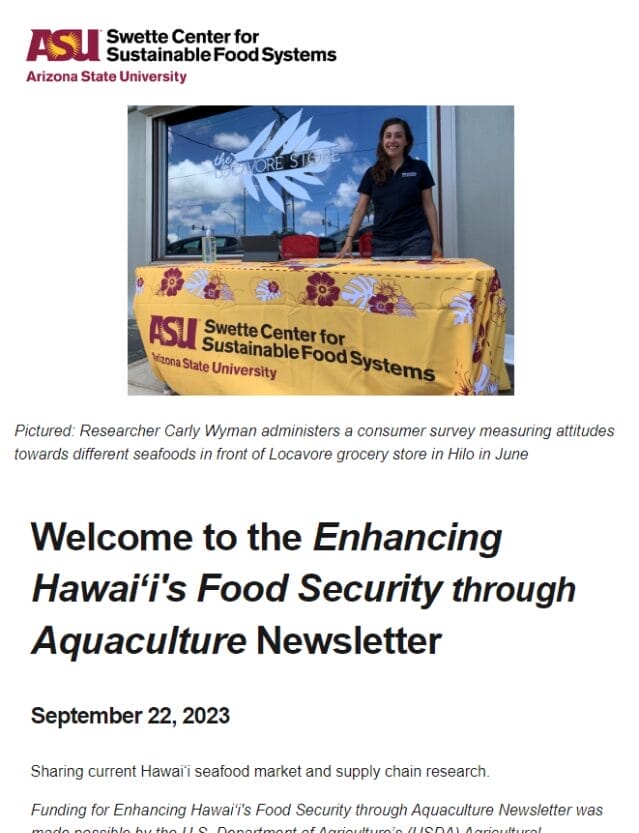
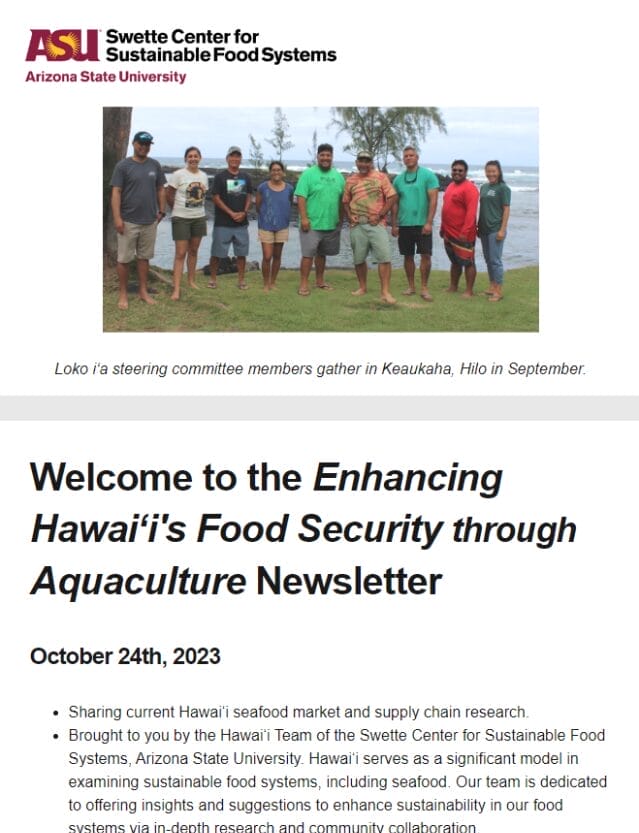

Current and past partnerships
At the Swette Center for Sustainable Food Systems, we understand the importance of leading from behind in our collaborative partnerships with local entities and stakeholders. By taking a supportive role and prioritizing the needs and perspectives of our partners, we can develop more effective and culturally-appropriate solutions that respect the sovereignty and knowledge of Indigenous peoples. This approach is especially important in our work on Hawaiʻi food systems, where partnering with Indigenous communities has allowed us to incorporate their traditional practices and perspectives into our research. By leading from behind, we can create meaningful change that supports the well-being of all members of our communities and fosters a more sustainable and equitable food system.
